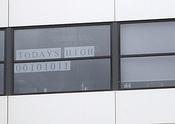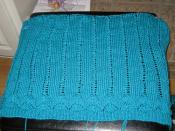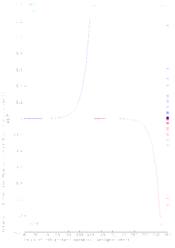1. Write a technical document describing how integer and real number are represented on digital computers. The description should include positive and negative integers, as well as fixed and floating-point numbers. Compare the different methods of representation, including for negative numbers, at least two methods. You must include explanations of how the number of bits allocated affects the range of numbers that can be represented, and for real numbers the precision. Include diagrams to illustrate your answers.
Today most computers use binary system to represent decimal numbers as the binary system is easier to implement electronically. Most computers handle the following types of data: ÃÂ Integers ÃÂ Real number ÃÂ Character data type ÃÂ Boolean data type (Burd, S. D. (1993) System Architecture, Boud & Frace, P87) They are represented differently in binary system and here I will mainly compare the different representation of integers and real numbers.
Integer An integer is a whole number that does not include fractional part and it include positive and negative numbers.
-Positive Numbers The binary system works at base of two. Each digit can be 0 or 1. Thus, the value 1 can be represented as 00000001. "2" then is 00000010 and so on. When converting binary to decimal, we then consider as follow: 0 1 0 0 0 1 0 1 128 64 32 16 8 4 2 1 Then we add the number which as a "1" at the decimal place. In the above example, 01000101 then is: 64+4+1= 69. On the other hand, when converting decimal to binary, we calculate the opposite way. For example, if we want to convert 69 to binary, we then subtract the ones are possible among the numbers of 2/n which are 1, 2, 4, 8, 16, 64, 128, and so on. Therefore, 69-64=5-4=1. This means on the decimal place, at...


